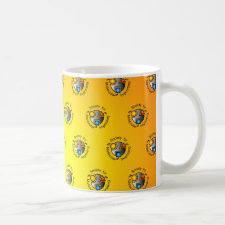
Authors: Zheng Y, Henthorn DB
Publication date: 2006
Article title: Interfacial molecular imprinting for the production of immunoresponsive materials.
ISBN: 081691012X; 978-081691012-0
Conference information: AIChE Annual Meeting, Conference Proceedings
Abstract: Traditionally, molecular imprinting of proteins has proved challenging due to solvent limitations, recovery of the protein template, and most importantly, lack of specificity due to the large number of possible interaction sites. In this work, a surface imprinting technique has been developed to template hydrogel materials for specific protein recognition. Our model protein, the immunoglobulin IgG, was a unique choice due to its conserved/variable structure. Use of this 150 kDa molecule allowed for experiments to separate imprinting effects due to shape, surface chemistry, and molecular orientation. A template mask was produced whereby protein (monoclonal IgG) was immobilized in a controlled orientation through a hydrazide reaction such that the antigen binding domains were fully exposed. A monomer mixture was brought in contact with this mask and polymerized to produce a surface imprinted hydrogel specific to the target protein. Non-imprinted, control materials were produced in the absence of protein. Imprinted hydrogels formed from the monomer 2-hydroxyethylmethaerylate and crosslinker ethylene glycol dimethacrylate bound significantly more IgG (monoclonal anti-c-myc) than the non-imprinted control materials. In addition, no significant binding was seen of a second immunoglobulin (anti-pig-IgG) by the imprinted gel, indicating specificity for the target protein
Template and target information: protein, immunoglobulin, IgG



Join the Society for Molecular Imprinting

New items RSS feed
Sign-up for e-mail updates:
Choose between receiving an occasional newsletter or more frequent e-mail alerts.
Click here to go to the sign-up page.
Is your name elemental or peptidic? Enter your name and find out by clicking either of the buttons below!
Other products you may like:
 MIPdatabase
MIPdatabase









